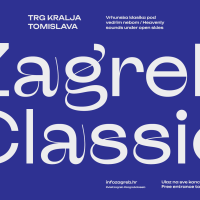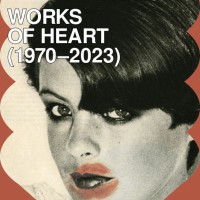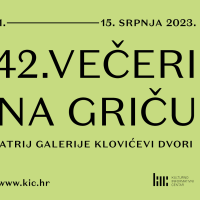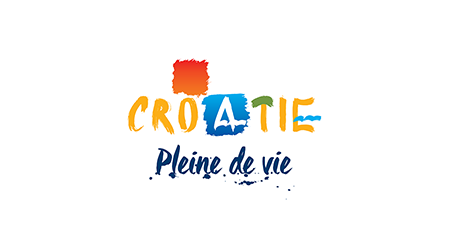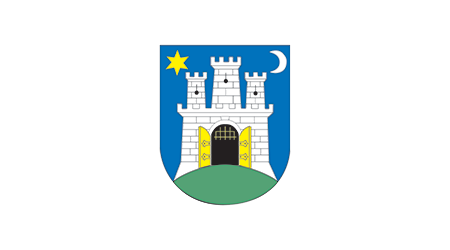Two Months for the Great Prague Four
Until March 17th, Zagreb’s Art Pavilion will be host to a large exhibition of works by four great Croatian painters who studied in Prague – Uzelac, Gecan, Varlaj and Trepše. These good friends made their mark on new trends in painting in Europe after World War One and were heavily influenced by the Prague school of painting.
 The Prague Four is the name of the latest exhibition at Zagreb’s Art Pavilion, which will remain open until March 17th. The name of the exhibition itself is a reference to the four great Croatian painters who, heavily influenced by the Prague school of painting, left a deep mark on Croatian and European art after World War One. They were Milivoj Uzelac, Vilko Gecan, Marijan Trepše and Vladimir Varlaj, the like-minded artists who had attended the famous Prague school together.
The Prague Four is the name of the latest exhibition at Zagreb’s Art Pavilion, which will remain open until March 17th. The name of the exhibition itself is a reference to the four great Croatian painters who, heavily influenced by the Prague school of painting, left a deep mark on Croatian and European art after World War One. They were Milivoj Uzelac, Vilko Gecan, Marijan Trepše and Vladimir Varlaj, the like-minded artists who had attended the famous Prague school together.
Apart from works by these four great painters, the exhibition will feature other contemporaneous art movements, the rudiments of the future great periods in fine art and, finally, it will also touch upon Prague as the European capital of culture and art at the time. In the beginning of the 20th century, the Prague school was one of the main pioneers of avant-garde art – expressionism, futurism and cubism. The four aforementioned Croatian painters were a significant part of that movement. All four lived in Prague during World War One and shared similar interests in terms of motifs and styles, which certainly verged on cubism and expressionism. There is also a strong connection with urban Prague – its painting, theatre and film of that time.
The exhibition will feature approximately one hundred prints, paintings and drawings for visitors to enjoy. Some of the works on display have been borrowed especially for the occasion from various important collections, including those of Croatian and foreign galleries, museums and private collections. The masterpieces included are: The City Sphinx by Milivoj Uzelac, from 1921; Gecan’s New News from 1922; Trepše’s Girl with Red Socks from 1923; and several variations of Varlaj’s Red House, also from 1923, none of which have been seen by the Croatian audience before.
Published: 01.02.2013
 Hrvatski
Hrvatski English
English Deutsch
Deutsch Spanish
Spanish French
French Italian
Italian Russian
Russian Korean
Korean Japanese
Japanese Chinese
Chinese The Prague Four is the name of the latest exhibition at Zagreb’s Art Pavilion, which will remain open until March 17th. The name of the exhibition itself is a reference to the four great Croatian painters who, heavily influenced by the Prague school of painting, left a deep mark on Croatian and European art after World War One. They were Milivoj Uzelac, Vilko Gecan, Marijan Trepše and Vladimir Varlaj, the like-minded artists who had attended the famous Prague school together.
The Prague Four is the name of the latest exhibition at Zagreb’s Art Pavilion, which will remain open until March 17th. The name of the exhibition itself is a reference to the four great Croatian painters who, heavily influenced by the Prague school of painting, left a deep mark on Croatian and European art after World War One. They were Milivoj Uzelac, Vilko Gecan, Marijan Trepše and Vladimir Varlaj, the like-minded artists who had attended the famous Prague school together.